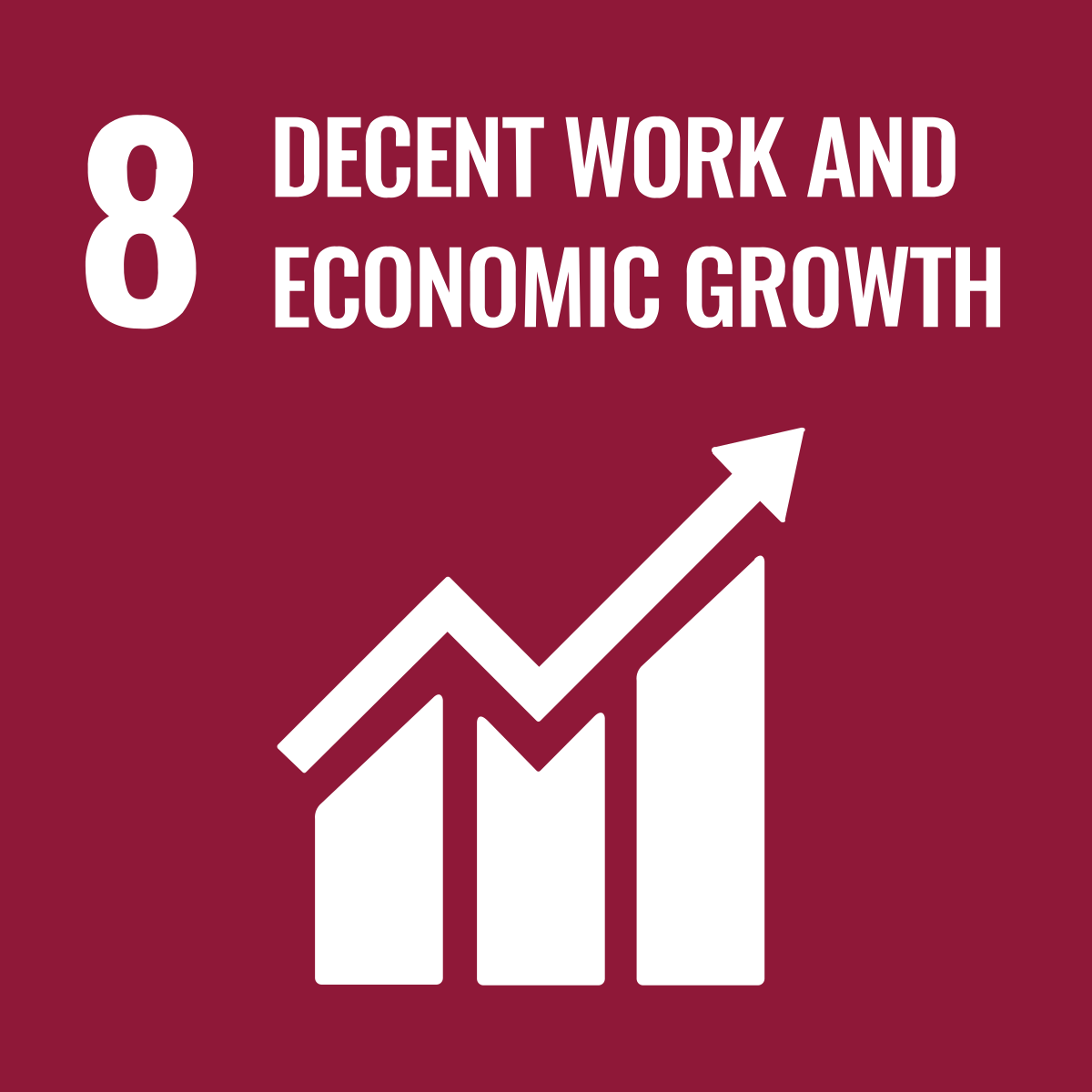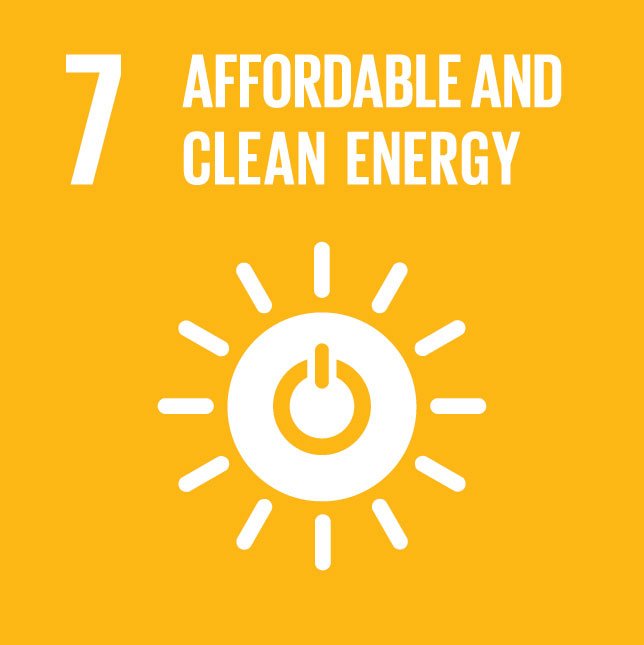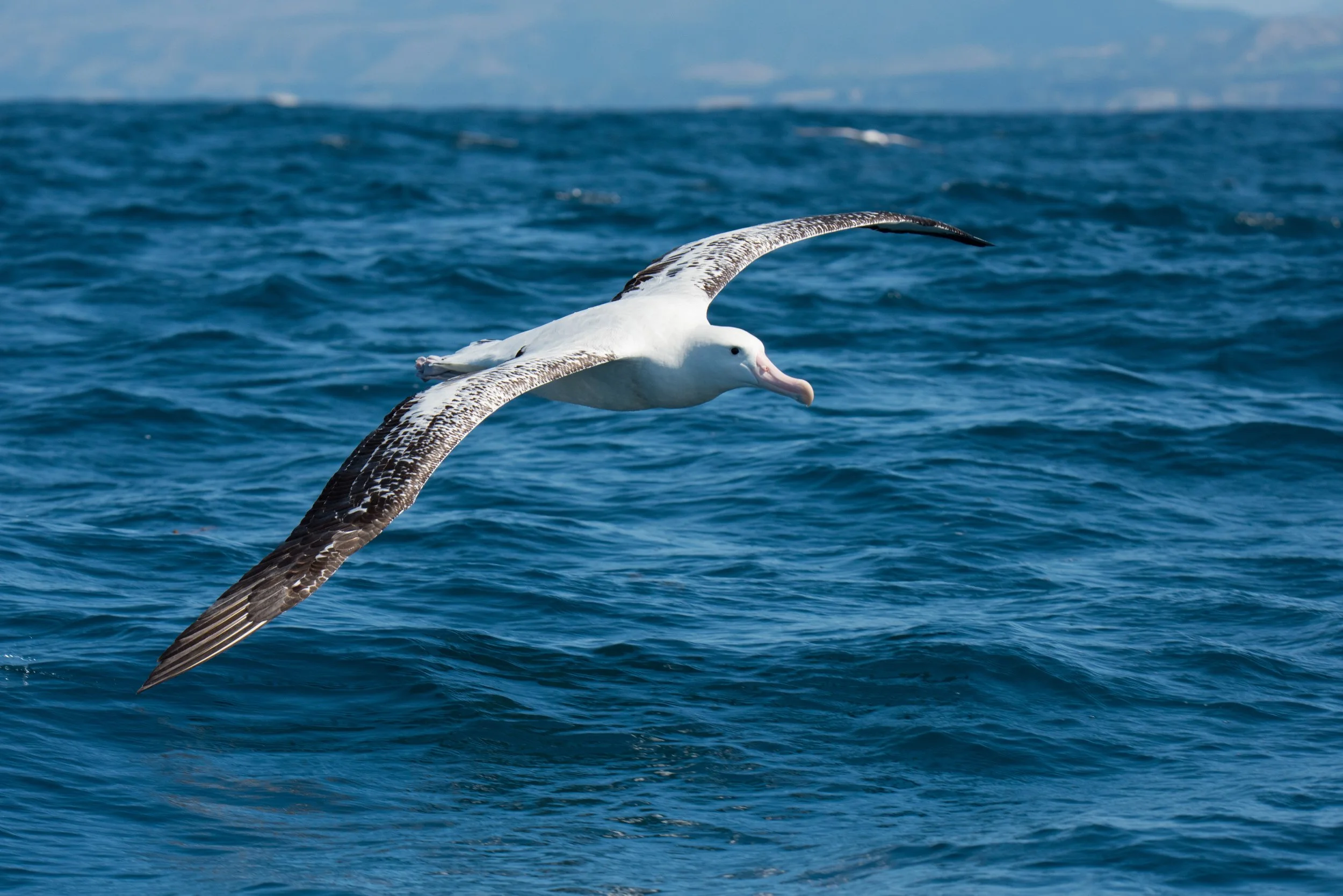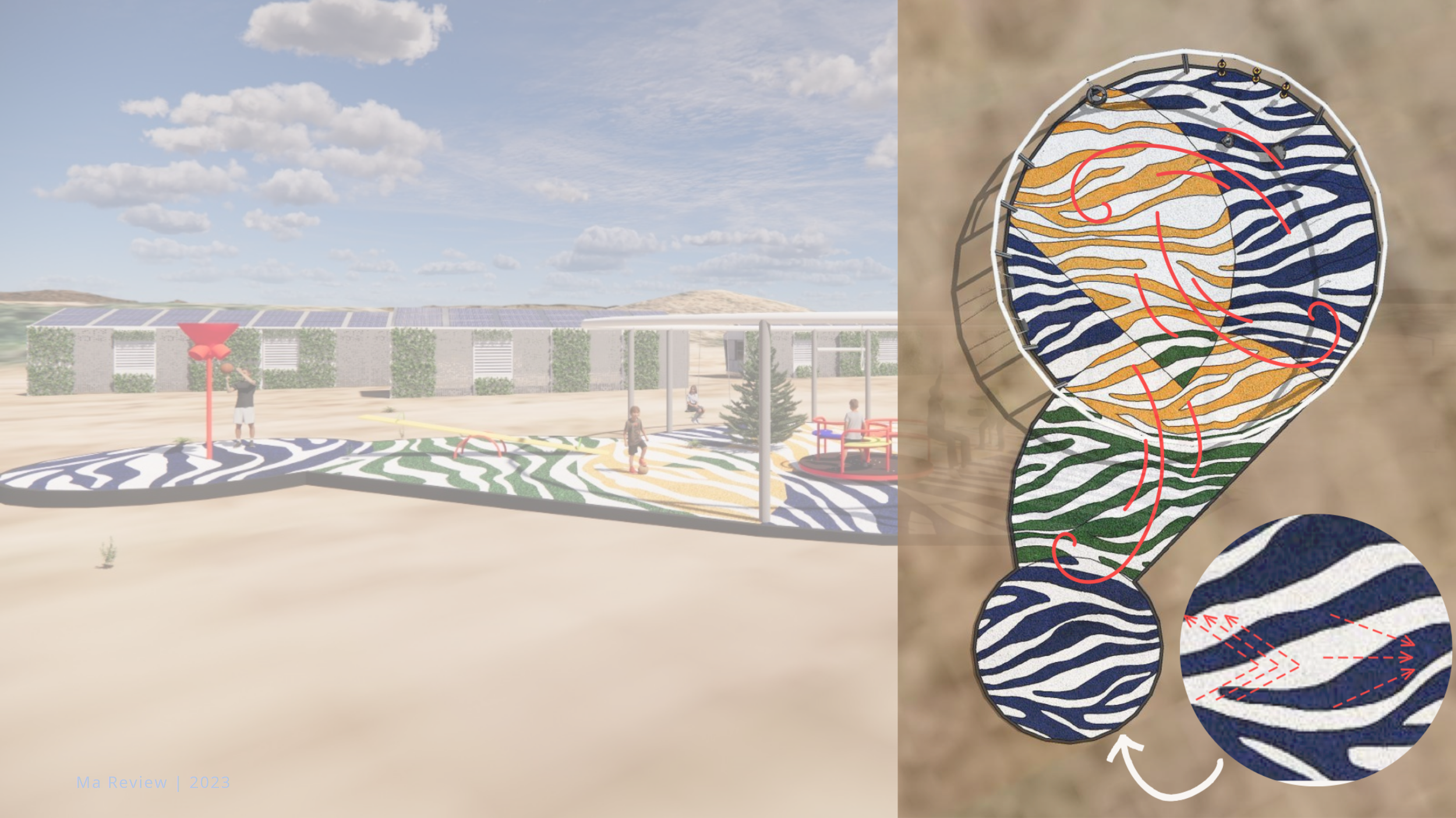
Nature's influence on creativity.
Albatross
Strategy
A combination of physical and structural traits allows an organism the ability to conserve energy and use the energy resources surrounding them.
Function
Leverage scare resources
Design Principle
Efficient internal energy conservation mechanisms enable optimal use of external resources. This ensures sustained energy efficiency over an extended period.
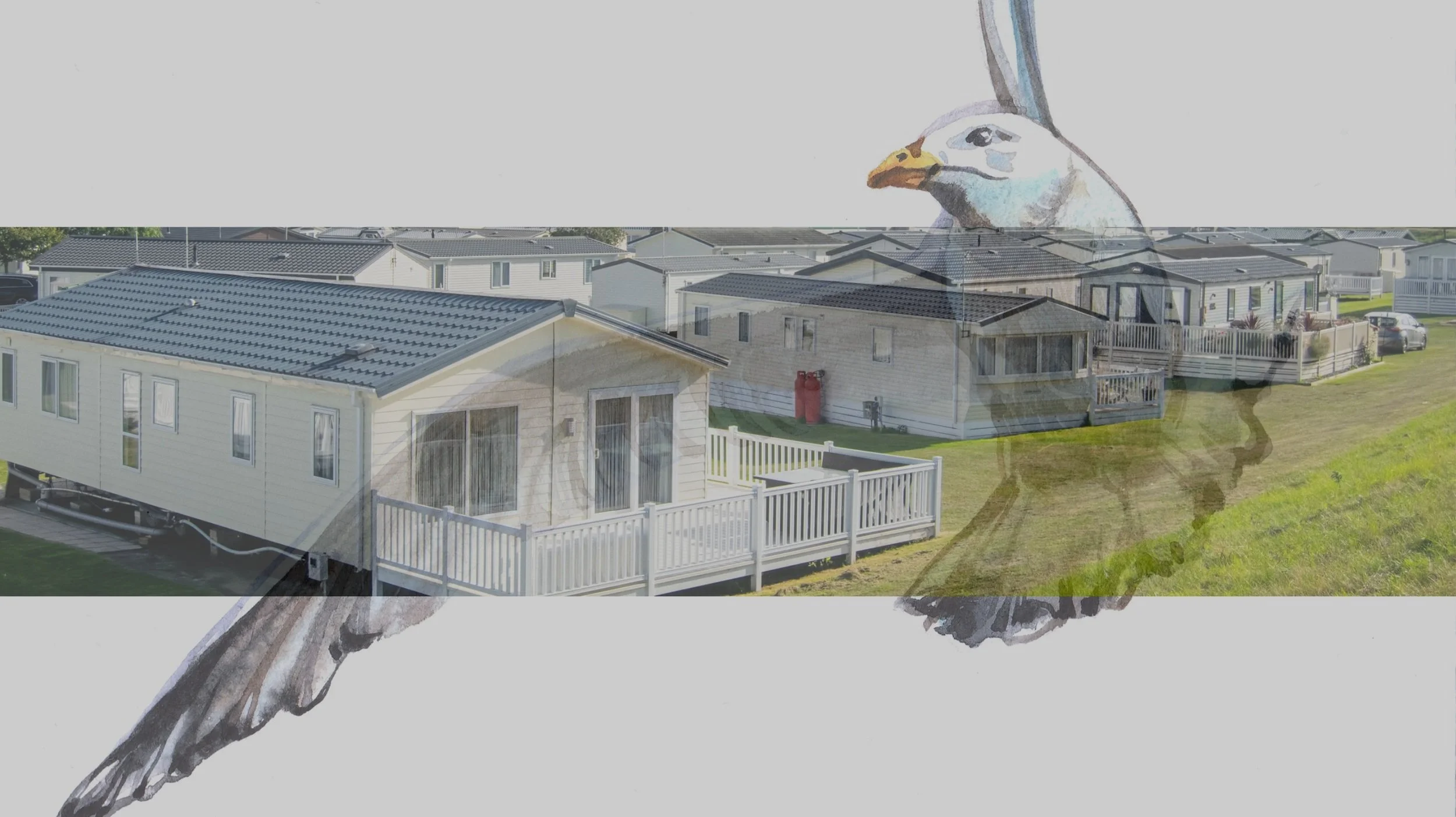
Who?
Low-income mobile home owners.
Why?
To reduce the financial burden of energy and create safer living conditions.
Where?
West and South-West United States- Areas that experience extreme heat.
What?
Addition/ Combination of additions in already existing mobile homes that lower temperature by using available energy resources.
Tross-Planter
As these plants take up the water in the soil, they naturally cool the air around them through evapotranspiration. They will exhale water through their stoma, which then is evaporated, cooling their surroundings. This effect is kept within a small area, but through the perforations on Tross Planter, wind current will be pushed into the pot, catching the cool air and spreading it throughout the room. Tross Planter will be made out of terracotta as it is a natural cooler and sustainable material.
Tross-Sheild
The blades of WhirliTross are inspired by the shape of the albatross wing. Because albatrosses utilizes dynamic soaring, their wings are shaped in a way to best move through air currents without creating any drag. This shape is great for a fan blade to create as much air movement as possible. To power the fans, simply turn the handle. The gears inside will begin to turn, spinning the fan blades.
Tross-Park
Swings in a playground generate energy through the physical effort exerted by individuals. When someone pushes the swing, their potential energy is converted into kinetic energy, which oscillates between potential and kinetic energy as the swing moves back and forth. However, traditional playground swings do not have mechanisms to store or harness this energy effectively, resulting in minimal useful energy output. While there have been attempts to explore energy-harvesting systems in playgrounds, they are not commonly implemented in standard playground setups.
